The Italian municipality of San Mauro Torinese, in the northern Italian region of Piedmont, has completed construction of a longitudinal PV system on the XI Settembre bridge, which was built in 2001 and is one of the town's two bridges crossing the Pò river.
The 300m single-row PV system has a capacity of 71.5 kW and will supply power to nearby buildings and parks owned by the municipality and feed excess electricity into the grid under the country's net metering scheme, the so-called Scambio sul posto.
“A photovoltaic system developed in length does not pose any problems with respect to the module strings or the use of modules and inverters — on the contrary, for its maintenance, it makes it easier to check and repair the string in which a yield drop has been detected,” the municipality's architect, Andrea Aquini, told pv magazine. “Even for panel replacement, the operations are significantly simplified compared to a PV system with a more traditional shape.”
The PV installation was built with a tilt angle of 80 degrees and a special mounting system that is also aimed at facilitating maintenance operations without the need for a crane, which was instead used for fixing the galvanized steel support structure to the bridge by chemical tessellation. The mounting structures have the ability to orient each individual panel in a different way, both on the vertical and horizontal axes, which optimizes performance and provides an aesthetically pleasing configuration.
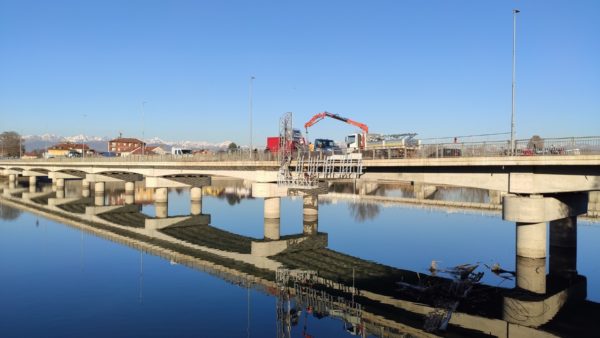
Image: Comune di San Mauro Torinese
The regional authorities granted the authorization for the project imposing an “accordion” architecture for panels, which were placed at different heights to follow the course of the arches of the bridge, thus avoiding that the positioning of the panels could prevent users who pass on the bridge from enjoying the view towards the south or the view over the old bridge and the visible stretch of the river Pò .
The project was tendered by the municipality in June and required a total investment of around €160,000.
The array was built with 220 full-black solar panels with a power output of 325 W and a maximum system voltage of 1,000 V. It is expected to generate around 74,646 kWh per year.
“Considering all incentives and the sale of excess power to the grid under net metering, the payback time of the project is estimated at around eight years,” Aquini stated.
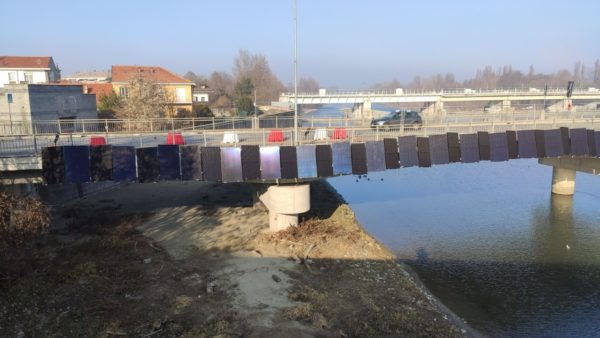
Image: Comune di San Mauro Torinese
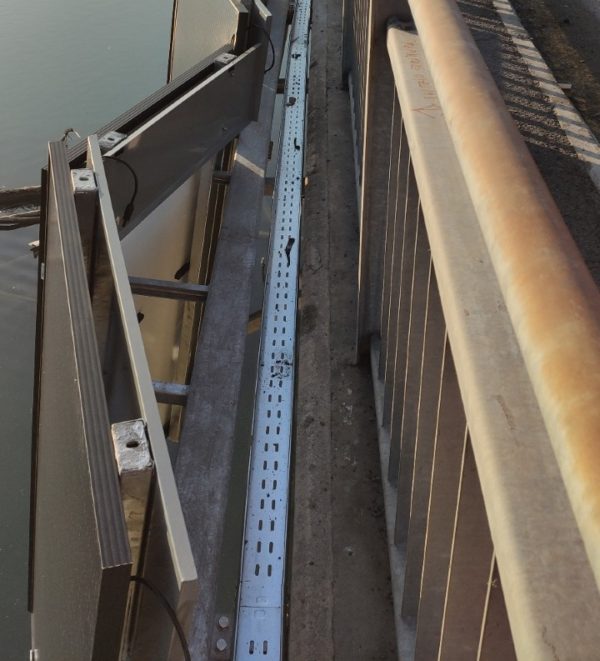
Image: Comune di San Mauro Torinese
This content is protected by copyright and may not be reused. If you want to cooperate with us and would like to reuse some of our content, please contact: editors@pv-magazine.com.
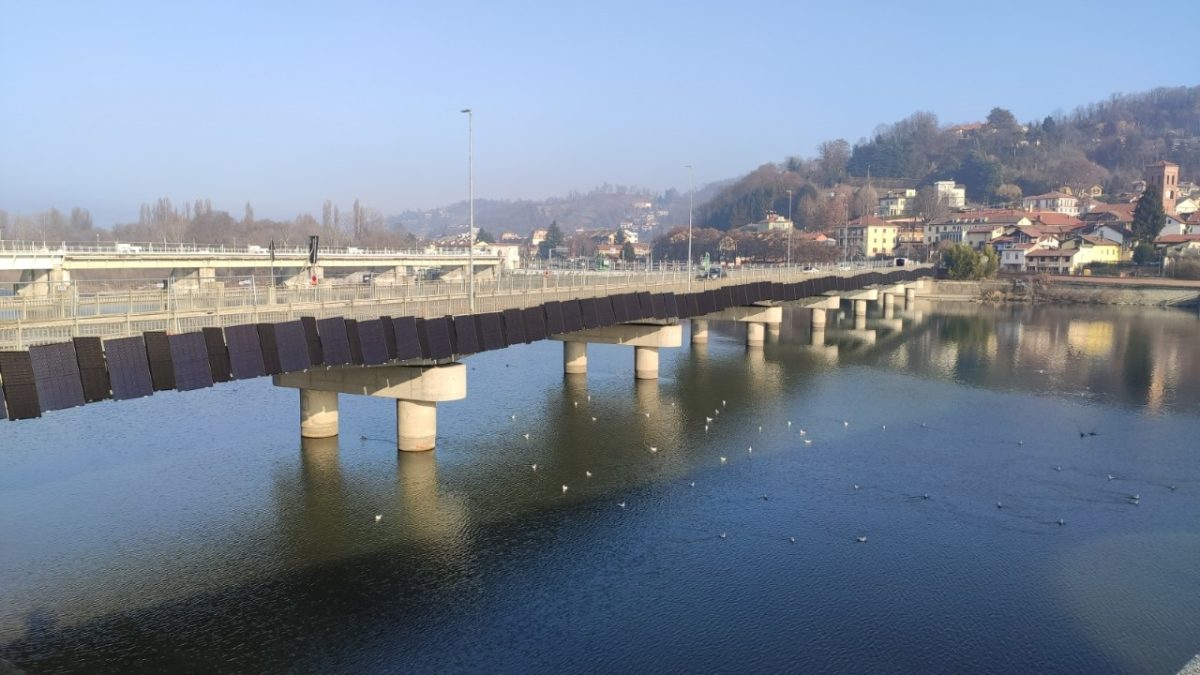
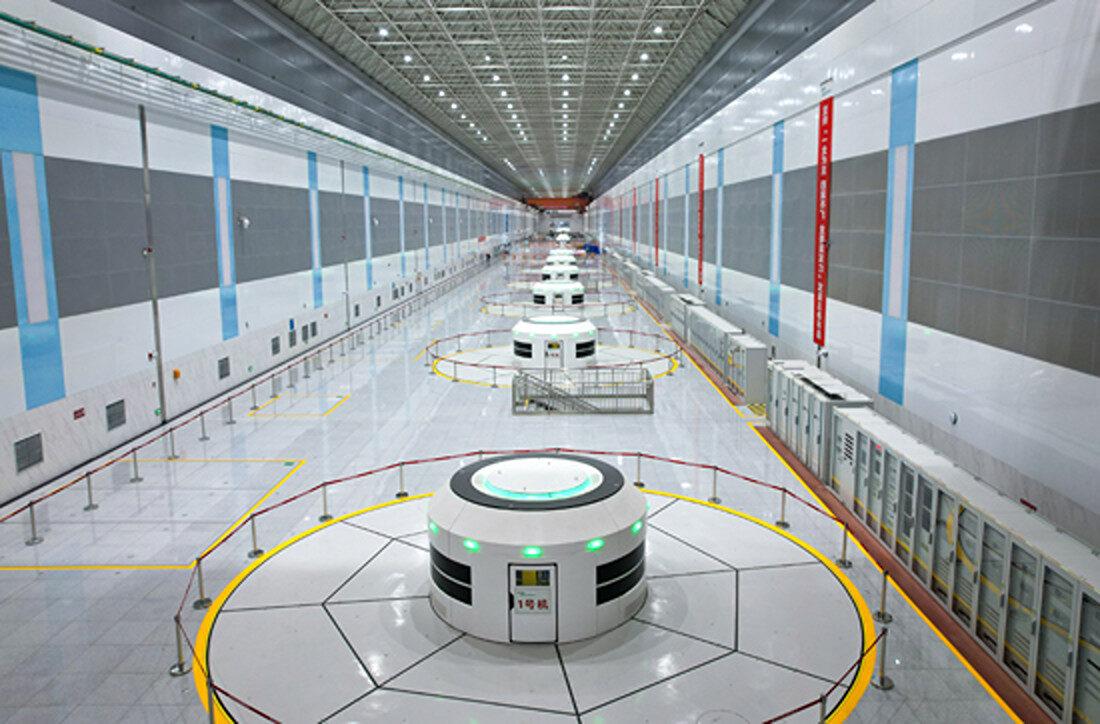


By submitting this form you agree to pv magazine using your data for the purposes of publishing your comment.
Your personal data will only be disclosed or otherwise transmitted to third parties for the purposes of spam filtering or if this is necessary for technical maintenance of the website. Any other transfer to third parties will not take place unless this is justified on the basis of applicable data protection regulations or if pv magazine is legally obliged to do so.
You may revoke this consent at any time with effect for the future, in which case your personal data will be deleted immediately. Otherwise, your data will be deleted if pv magazine has processed your request or the purpose of data storage is fulfilled.
Further information on data privacy can be found in our Data Protection Policy.